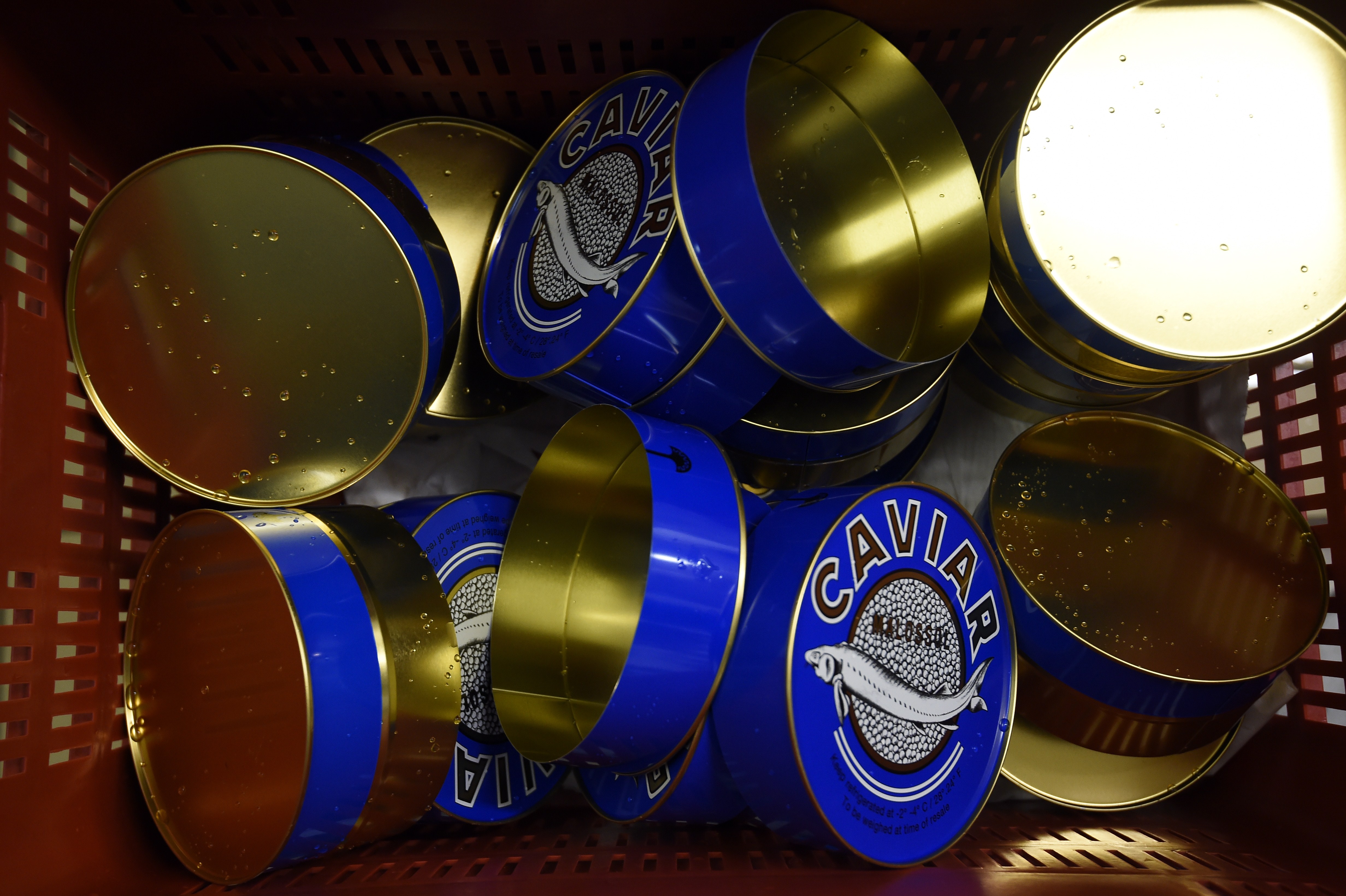When you imagine the search for truffles, what initially comes to mind? For many readers, the first image is of an intrepid band of foragers making their way through woodlands, their focus honed on unearthing one of the richest kinds of food to be had. But those aren’t the only kinds of truffles out there. In parts of the world with more arid conditions, desert truffles are the highly sought-after fungi — and, depending on where they’re harvested, the quest for them can be dangerous.
At Atlas Obscura, Elizabeth Wang Whitman offers an excellent overview of desert truffles — both in terms of their taste and regarding the ways in which they’re found. In the Middle East, desert truffles can earn the people who find them a high rate per pound; the article also cites seasonal markets dedicated to the truffles in Iraq and Kuwait.
Desert truffles have a long history in the region, with historians having found evidence of humans eating them 4,000 years ago. Their taste, Whitman writes, is “a nourishing seasonal staple that is as understated as it looks,” with a taste described as “like mushrooms but meatier.” Regionally, desert truffles are a versatile ingredient in dishes from sandwiches to soups.
The process of finding them remains hazardous, in some cases. Foragers in certain regions face dangers, including the threat of kidnapping and (in a few instances) unexploded mines. As mycologists study these truffles more, science may have a better sense of how they’ve come to thrive in the desert — and what they might offer scientists and chefs alike.
Thanks for reading InsideHook. Sign up for our daily newsletter and be in the know.

















